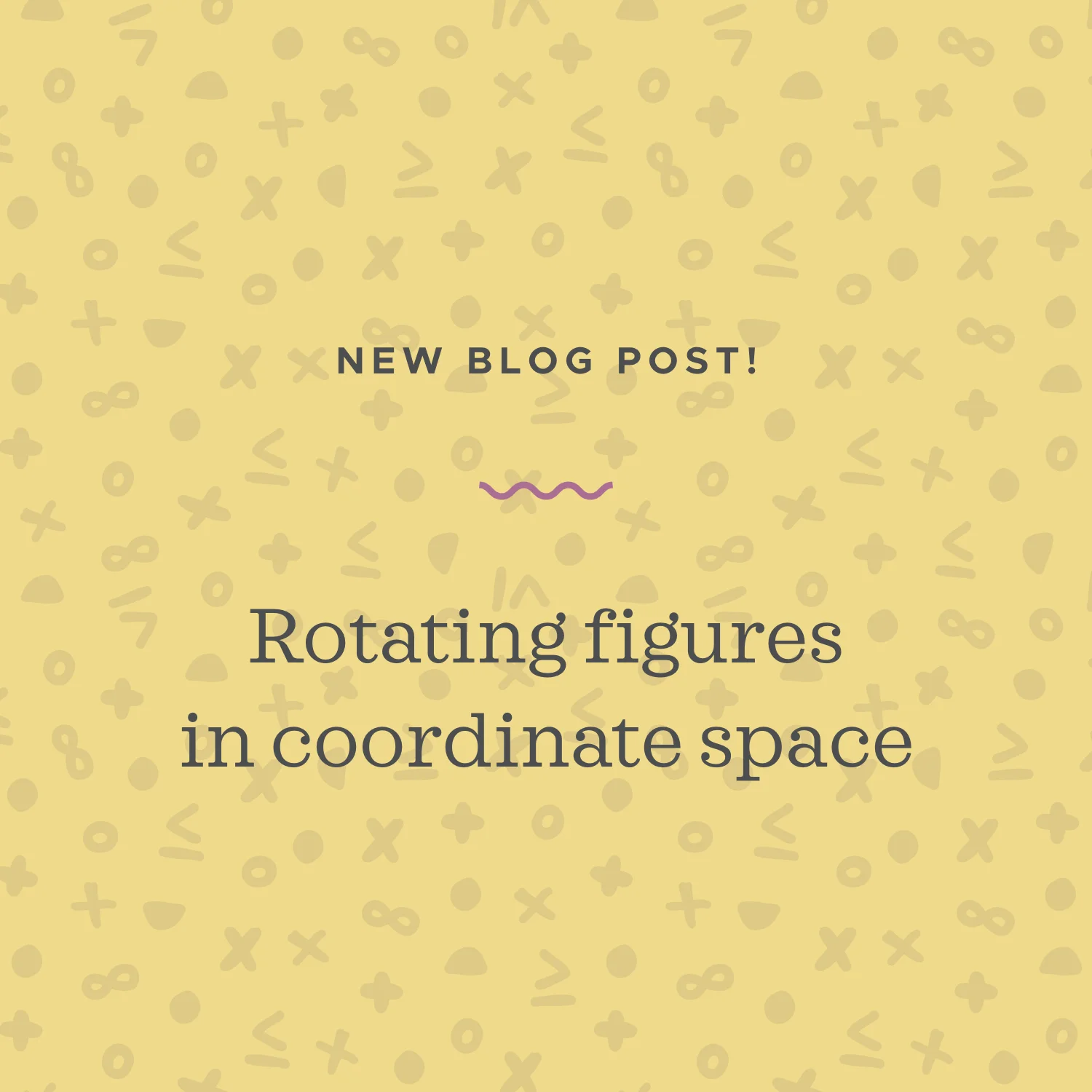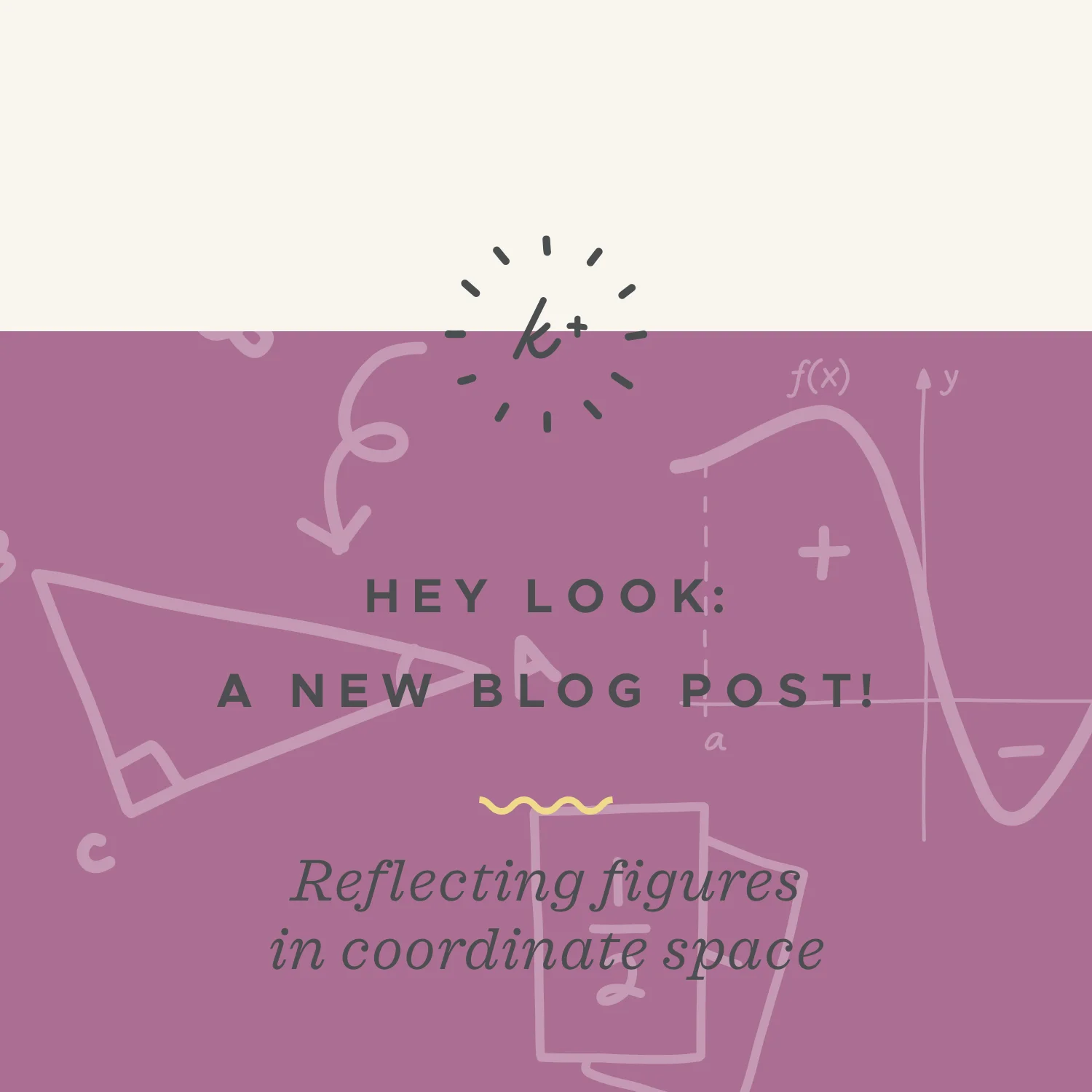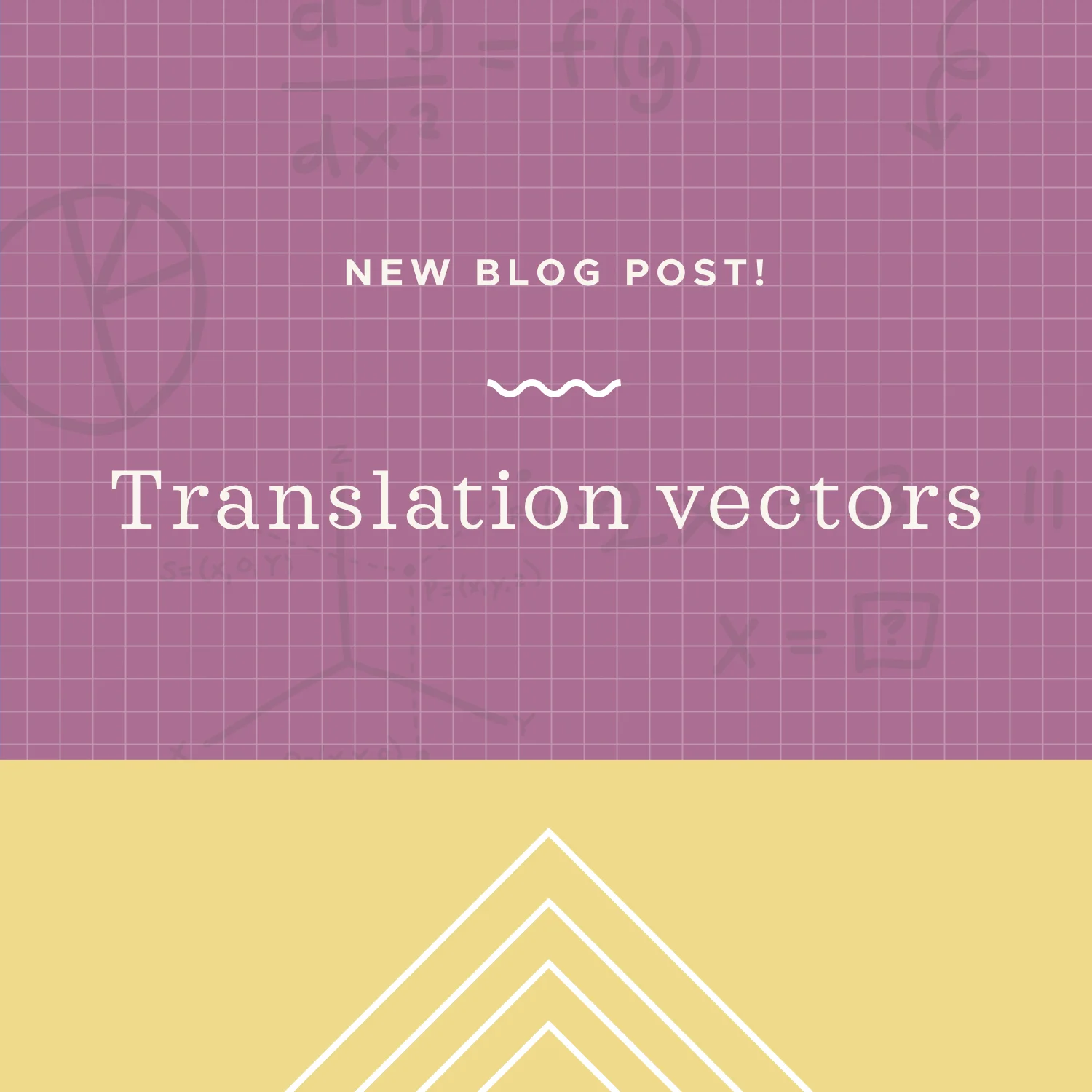While we usually use functions to map coordinate points, if we’re going to map vectors from one space to another, we usually switch over from the language of “functions,” to “transformations.” In other words, even though functions and transformations perform the same kind of mapping operation, if we want to map vectors, we should really say that the mapping is done by a transformation instead of by a function.
Read MoreIn this lesson we’ll look at how the rotation of a figure in a coordinate plane determines where it’s located. A rotation is a type of transformation that moves a figure around a central rotation point, called the point of rotation. The point of rotation can be inside or outside of the figure.
Read MorePreviously we talked about a transformation as a mapping, something that maps one vector to another. So if a transformation maps vectors from the subset A to the subset B, such that if ‘a’ is a vector in A, the transformation will map it to a vector ‘b’ in B, then we can write that transformation as T: A—> B, or as T(a)=b.
Read MoreGiven a region defined in uvw-space, we can use a Jacobian transformation to redefine it in xyz-space, or vice versa. We’ll use a 3x3 determinant formula to calculate the Jacobian.
Read MoreA reflection is a type of transformation that flips a figure over a line. The line is called the line of reflection, or the mirror line, and the line of reflection can be horizontal, vertical, or diagonal.
Read MoreTranslation vectors translate figures in two-dimensional space, from one location to another. The initial point and terminal point of the translation vector are irrelevant. What matters is the length of the vector and the direction in which it points.
Read More







